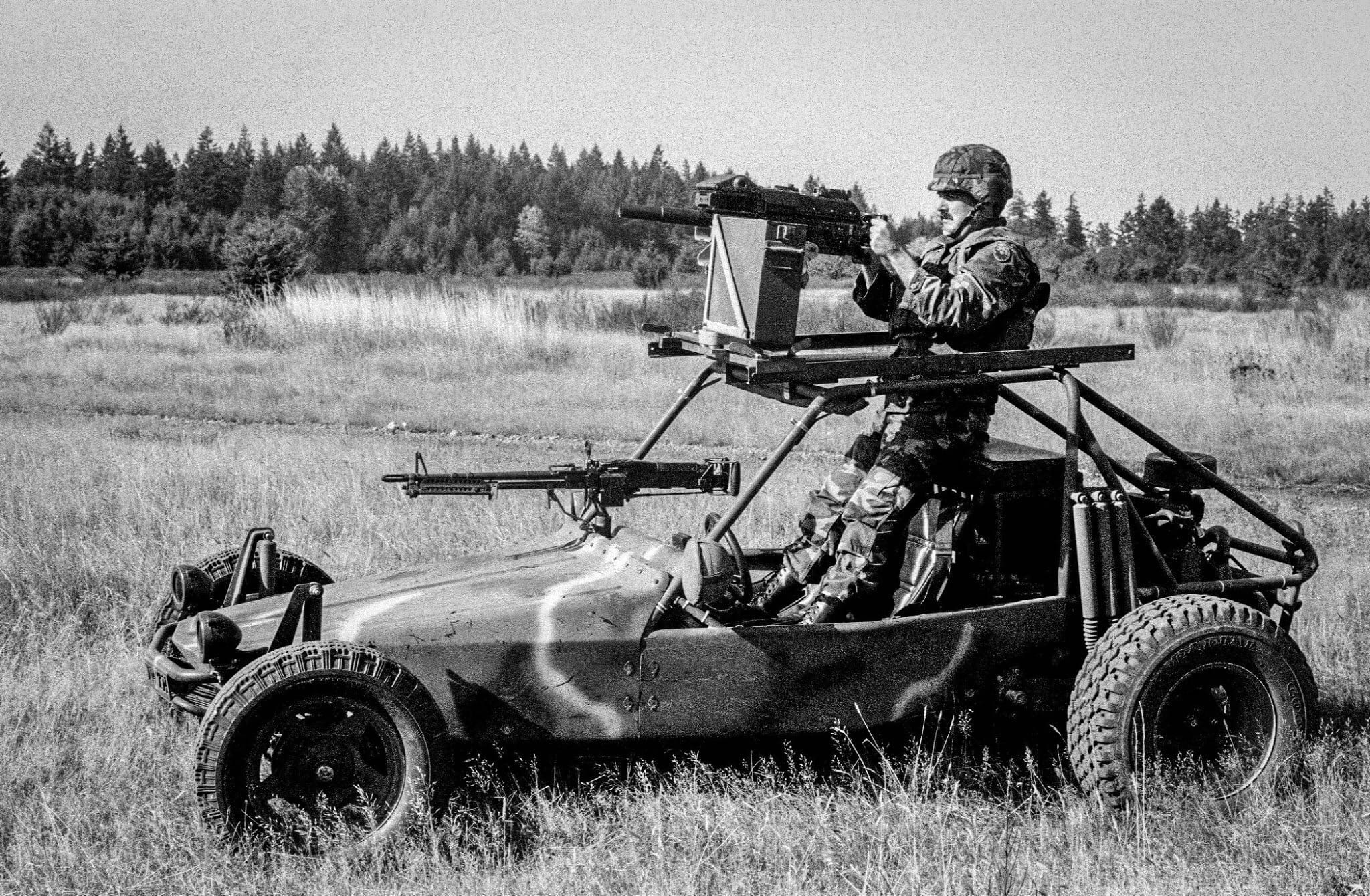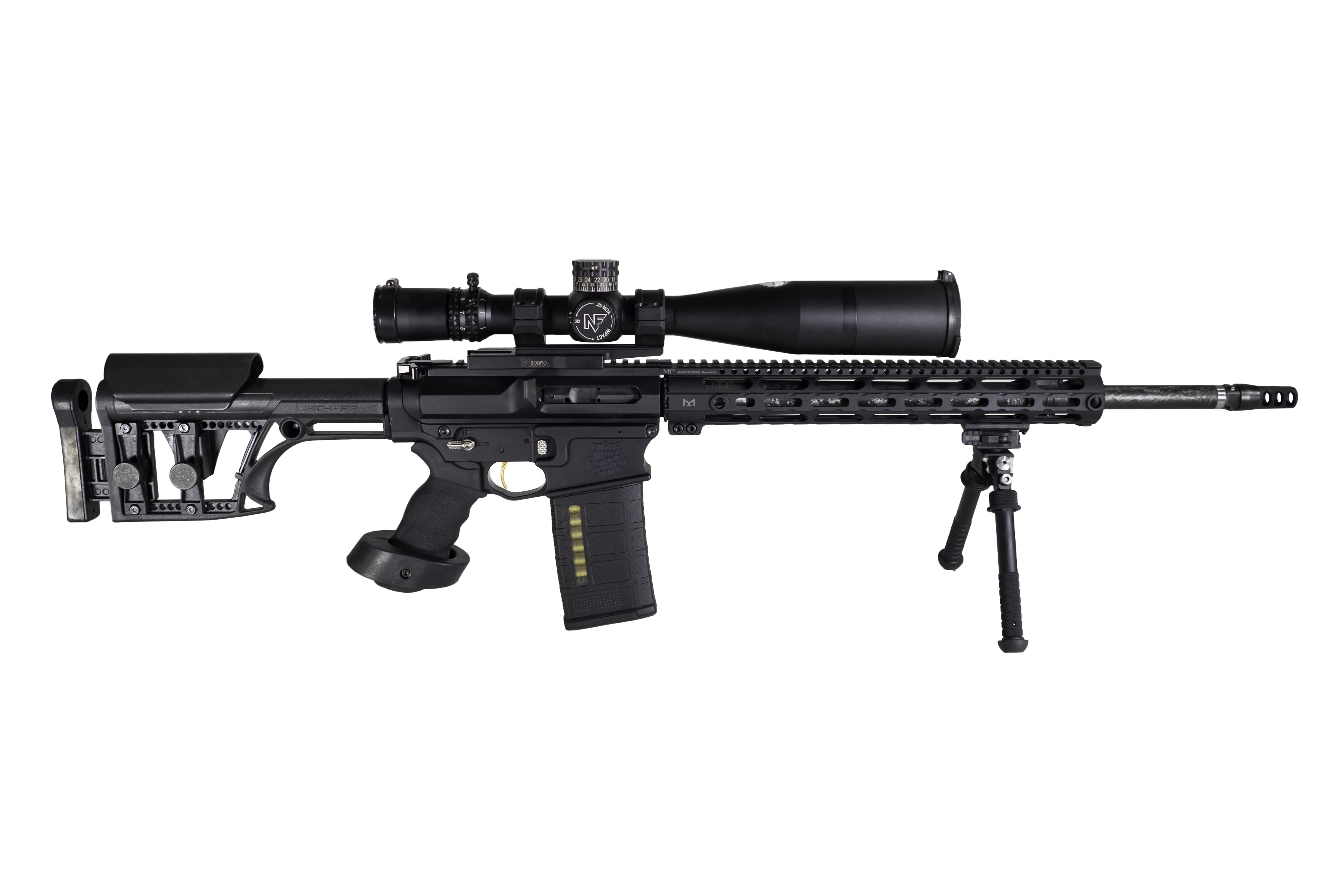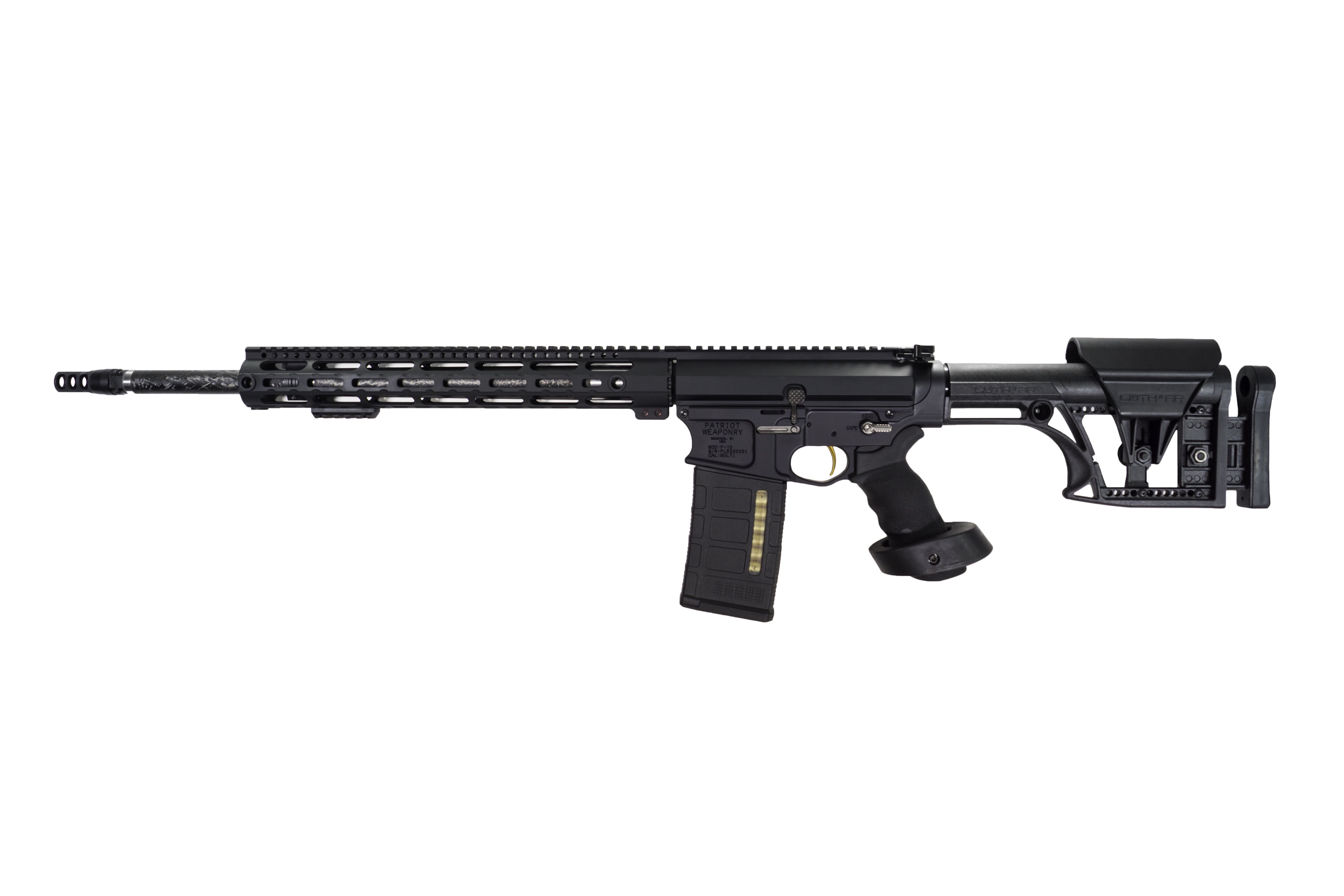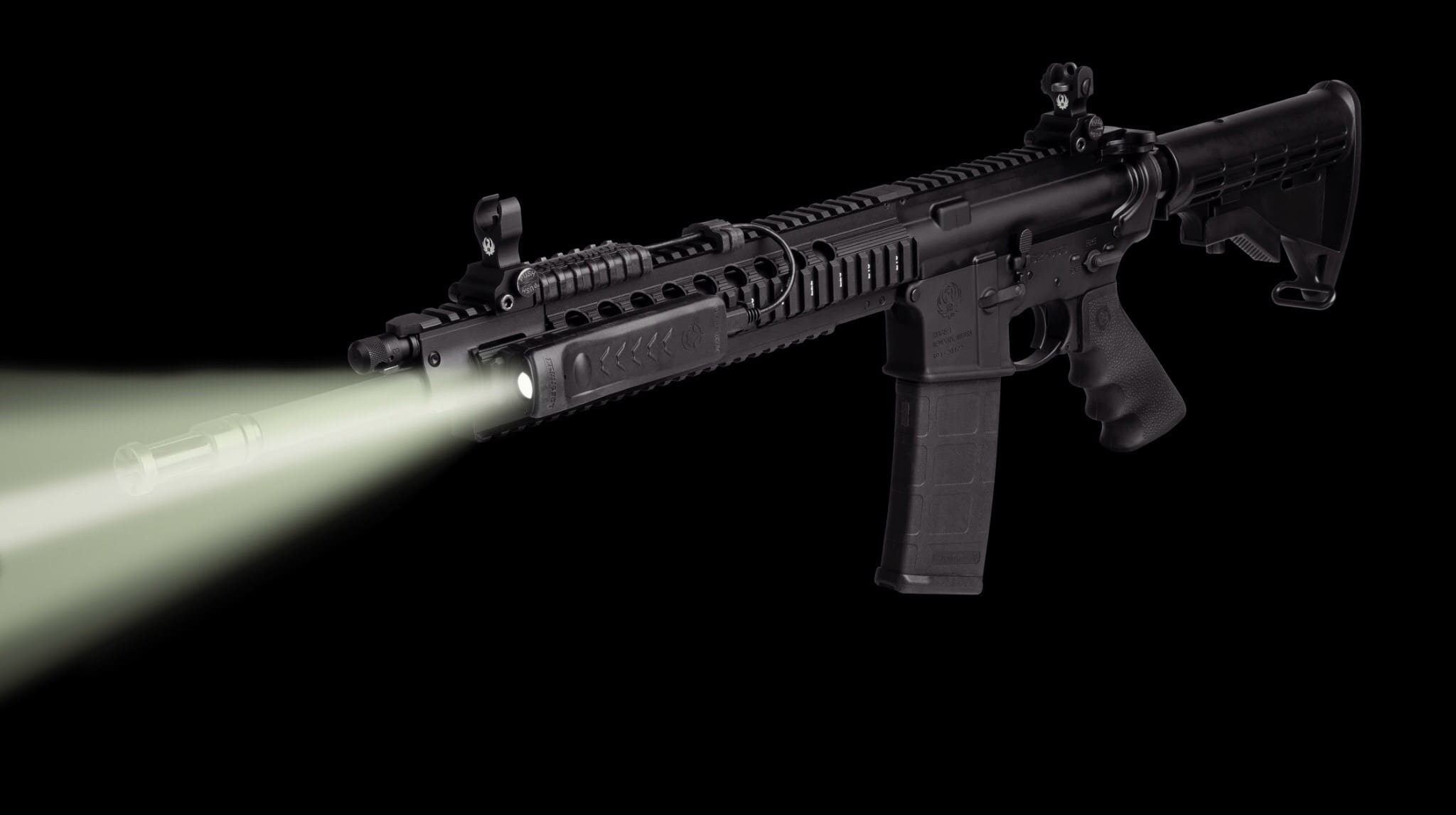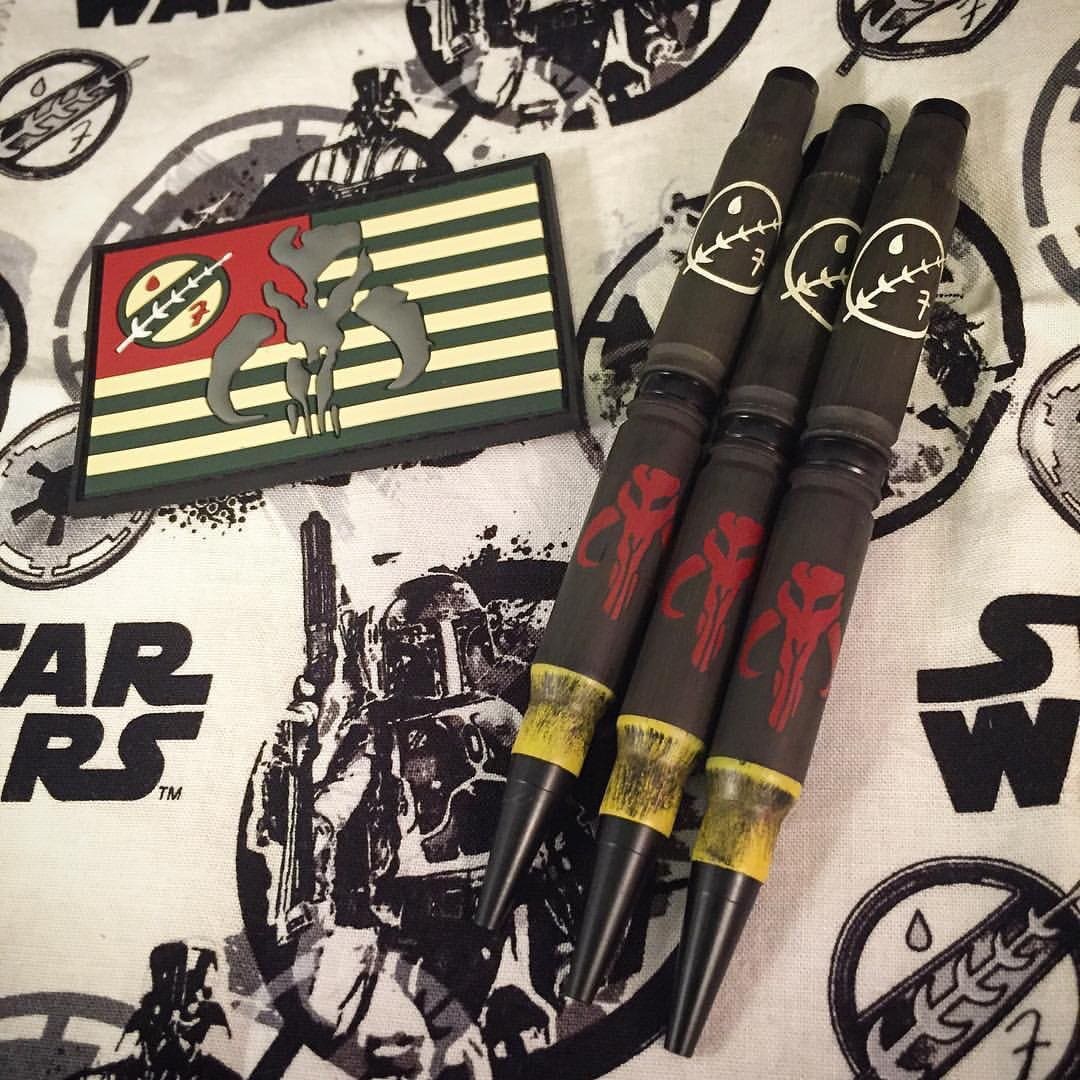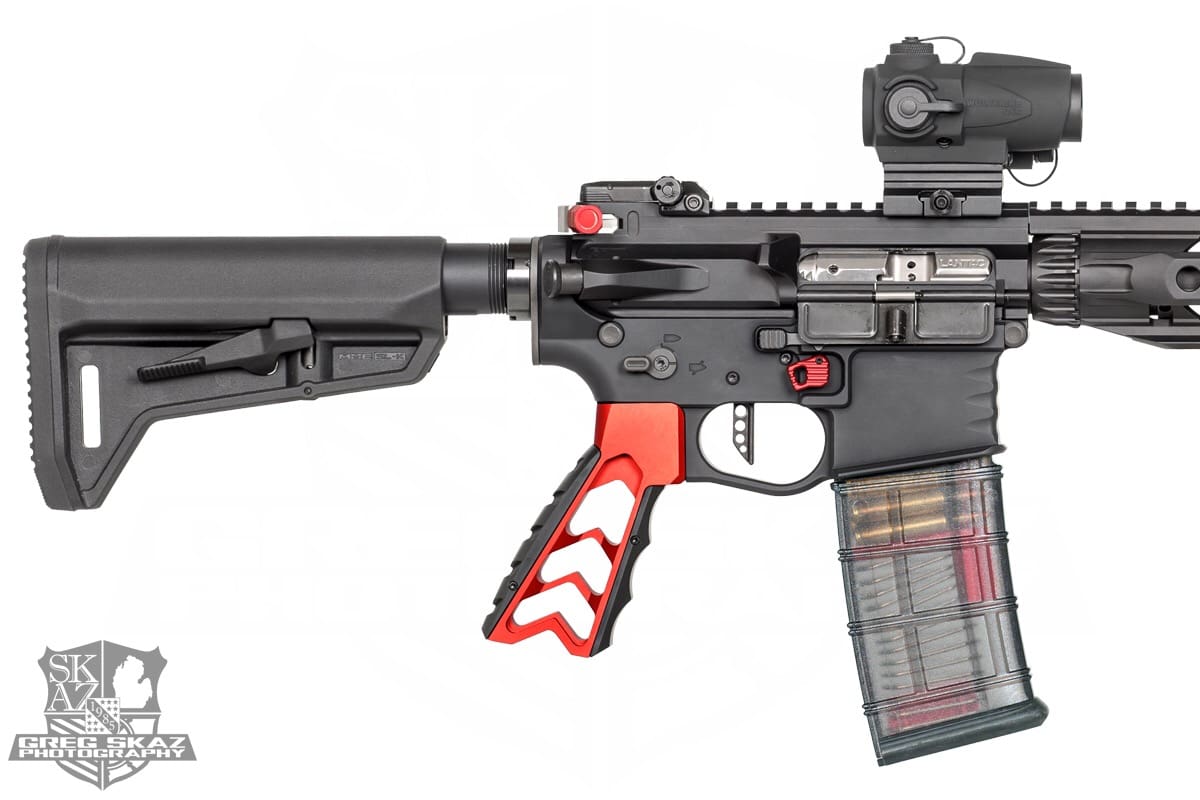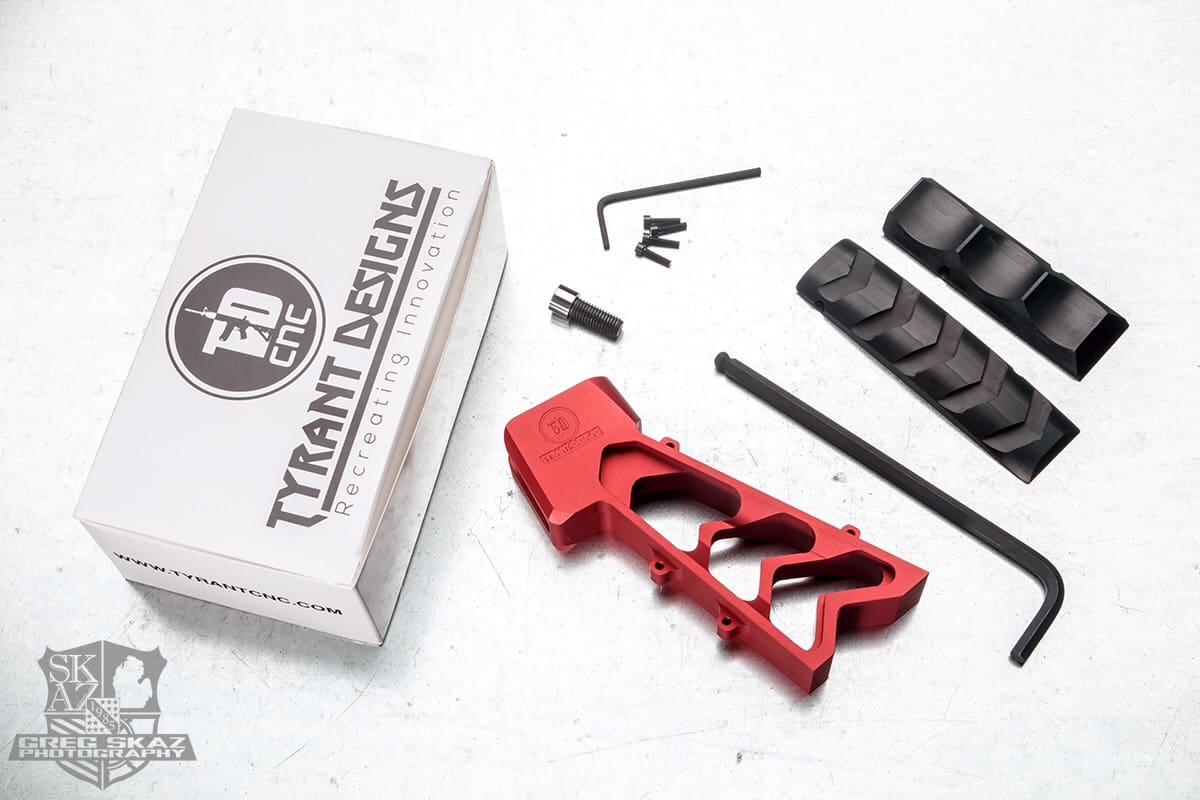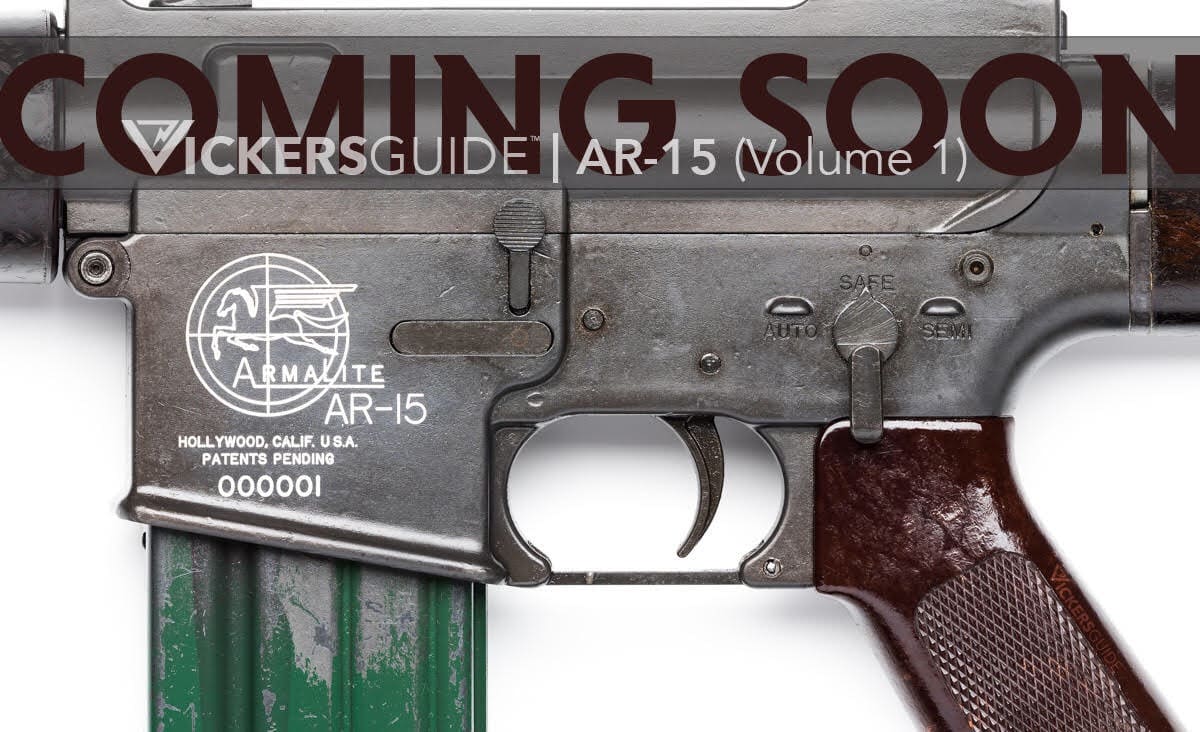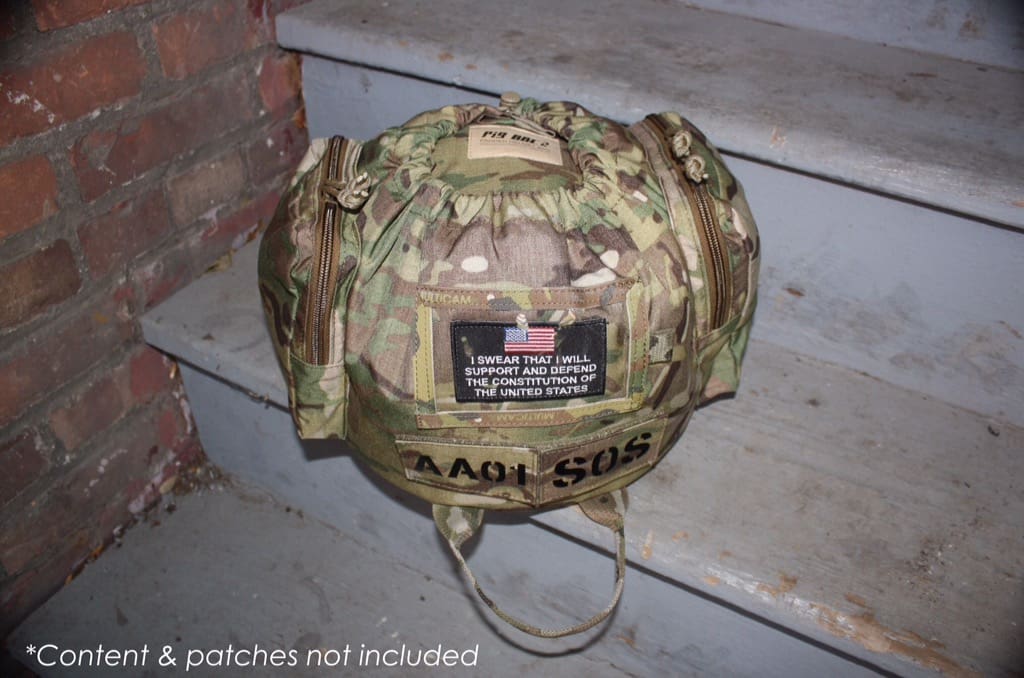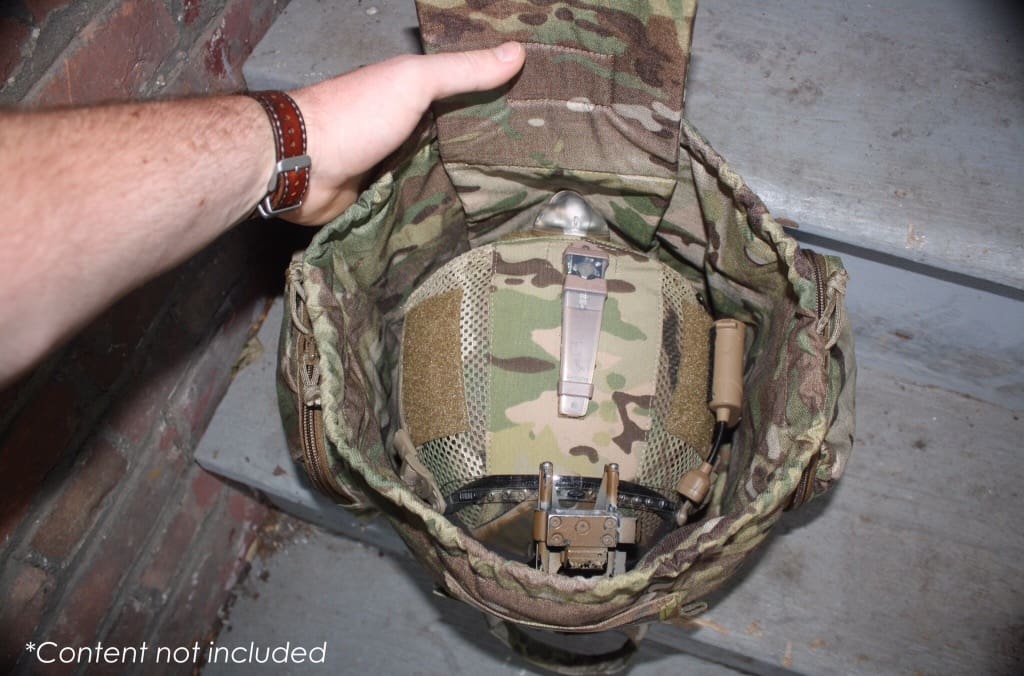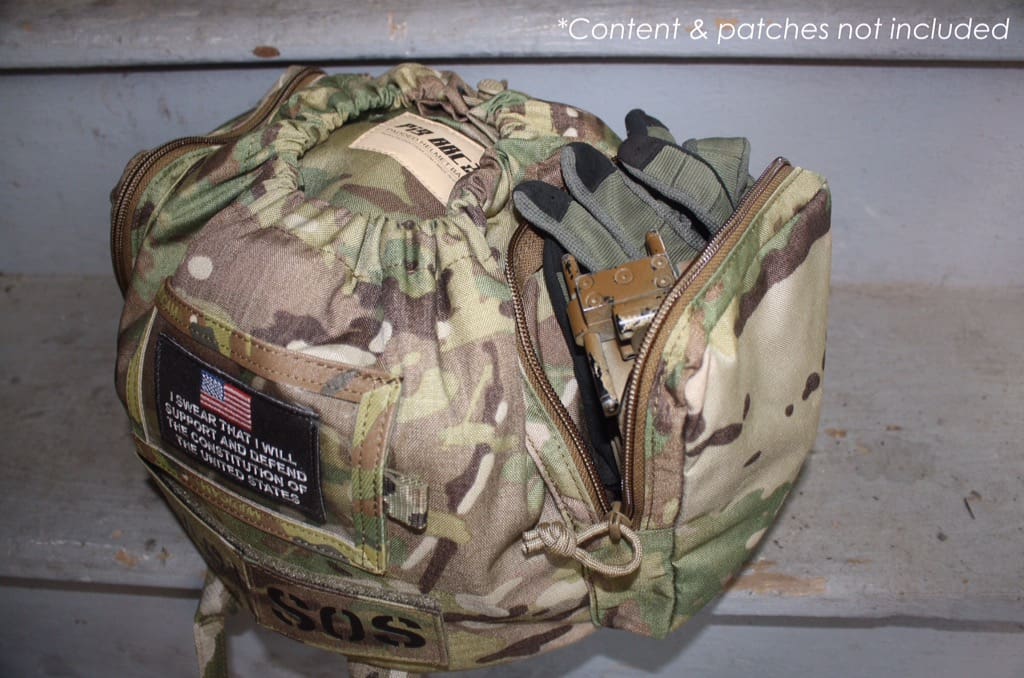Originally activated during the US buildup of World War One, the 9th Infantry Division would see numerous activations and deactivations up until its final casing of the Division colors in 1992. The 9th ID engaged in combat in World War Two and the Viet Nam conflict but the 1980s were a period of experimentation where the Division served as the US Army’s High Technology Test Bed and was designated the only Motorized Division. This included the use of Fast Attack Vehicles shown above. Unfortunately, the force structure, while nimble, could not stand up to enemy fires or the armored threats prevalent at the time.
Are there any 9ID vets reading SSD?


